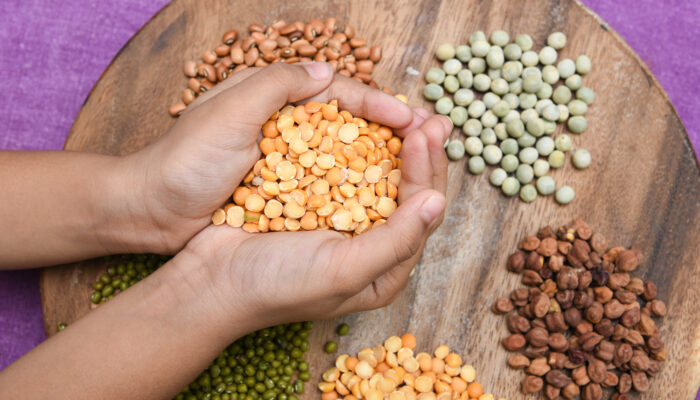
Dietary and Lifestyle Changes to Manage Diabetes
Diabetes is a type of metabolic condition that occurs due to the lack of insulin in the body. Type 2 diabetes, formerly known as adult-onset diabetes results in too high blood sugar, insulin resistance, and low or lack of insulin production. This, in turn means blood sugar levels go unregulated, causing spikes and many undesirable effects like mood swings, fatigue, increased thrist, and frequent urination. Diabetes is not something that can be fully cured.
However, altering your lifestyle and diet may help control teh symtpoms and blood sugar spikes:
1. Diabetes diet
The most important thing to monitor for diabetics is their diet. The guidelines may look complicated but it is more or less the same as maintaining good health in general. Follow a routine of three meals a day without breaking this cycle. Do not skip any meal and try to maintain a schedule for each meal every day. Maintain the same amount of nutrients (proteins, carbohydrates, and fats) with each meal. Your blood sugar level increases every time you eat and falls gradually after that. Therefore, by maintaining consistency, you can predict the rise and fall of the sugar levels, thereby controlling. This makes it easier for you to administer your insulin doses.
2. Eat a heatlhy, balanced diet
Fill your plate with only healthy foods. Here are some recommended guidelines:
- Half your plate is to be filled with vegetables and fruits
- Reduce the number of saturated fats
- Eat whole-grain foods instead of refined carbohydrates and increase the intake of fibrous vegetables (especially green ones)
- Eat fibrous food, whole grains, lean proteins, and fat-free products
- Do not consume food with high sodium content
- Replace all carbonated and alcoholic beverages with water
- Avoid overeating by monitoring your portion size and stick to it. Eat little amounts of food throughout the day as opposed to overeating in one go
- Keep a record of your food intake along with the time and calorie count
3. Portion sizes
There are two methods through which you can plan your diet, one is the e xchange system, which divides food into nutritional divisions and assigns fixed servings. This method helps administer your portion size. Each exchange within a single group has an equal nutrient count as every other exchange in that category.
4. Carbohydrate counting
Since carbohydrates have the highest effect on the sugar level in your body, the number of grams you can consume will determine the corresponding insulin that should be administered. Carbohydrates turn into glucose, thereby affecting your blood glucose levels. Limit your intake of carbohydrates and replace refined carbs with multigrain or whole-grain food.
5. Avoid alcohol
Watch your alcohol intake, especially if you have diabetes. Alcohol can cause a drastic drop or rise in blood sugar levels. Make sure you monitor your blood sugar level before having a drink. If you’re administering insulin or other medications to control diabetes, make sure you eat after or while having a drink. Some drinks may be high in carbohydrates, so make sure you do not overdo it.



